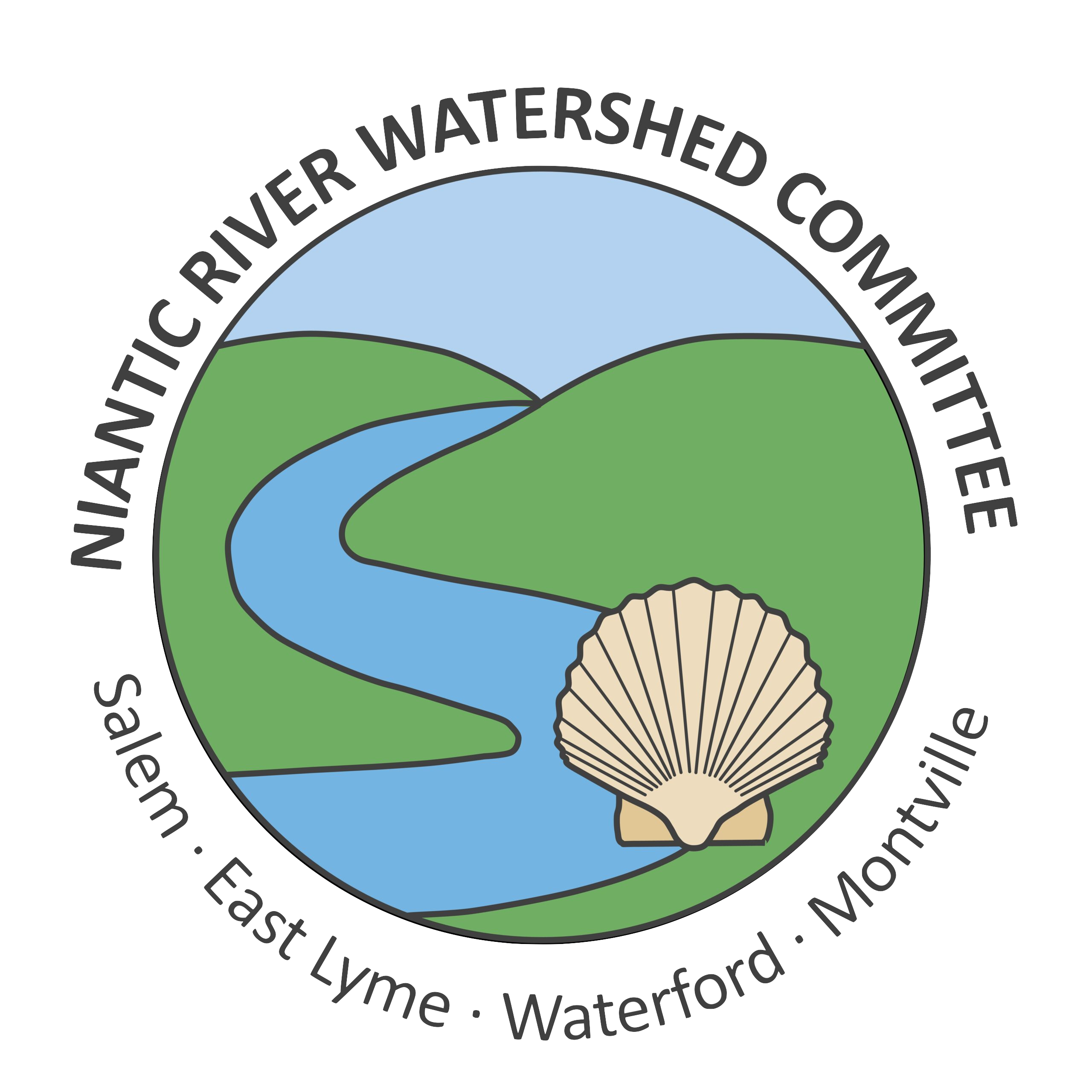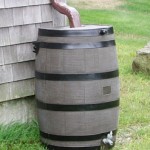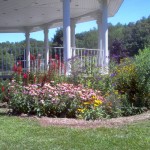CLEAN WATER STARTS AT HOME
Native Plantings
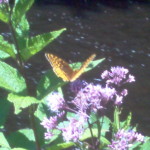
With natural habitat disappearing as a result of suburban and urban development, the introduction of native plants into your gardens benefits both water quality and wildlife. Native plants co-evolved with wildlife in in our region, and as a result, wildlife, including insect as well as animal species, depend on native plants for food, cover and nesting habitat. Native plants are also adapted to our environment, and don’t need special care, such as frequent feeding and watering to thrive.
Rain Barrels
Rain barrels catch rain from roofs, storing water that can be used to care for lawns and gardens or even to wash your car. Although rain barrels alone do not account for a significant reduction of water due to their limited storage capacity, users are often more likely to consider other water efficient measures such as limiting lawn sprinkling and replacing older, water guzzling toilets or appliances.
Did you know that just 1/4 inch of rain on an average roof can fill a rain barrel? A good formula to remember: 1 inch of rain on a 1,000 square foot roof yields 623 gallons of water! Phew…that’s a lot!
Rain Gardens
Contaminated runoff from the ground surface is increasingly impacted the quality of water in our rivers and streams. As rain water flows down roofs and across driveways or other impervious surfaces, it can pick up any of the pollutants that have been deposited there. A rain garden is an attractive way to treat this runoff and show-off your gardening skills at the same time.
So when someone asks you “why plant a rain garden?” you can tell them that you are doing it to reduce pollution and preserve our water systems.
Increasing Pervious Surfaces
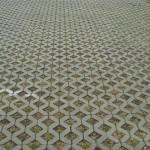
When it is time to pave or repave the driveway, consider using a material such as pavers or porous concrete to help increase filtration. Pervious pavers are set into a layer of gravel that allows water to infiltrate into the ground rather than run off into gutters and stormdrain systems. This helps reduces runoff volumes, recharges the groundwater, and filters pollutants, protecting water quality.
Mulch, Mulch, Mulch
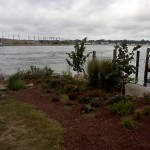 Mulching is one of the most important ways to protect and maintain healthy landscaped plants, shrubs and flowers. Some of the uses for mulch are:
Mulching is one of the most important ways to protect and maintain healthy landscaped plants, shrubs and flowers. Some of the uses for mulch are:
- it prevents weeds from coming through
- organic mulches add to the nutrient base of the soil making the soil richer
- helps to hold water and moisture in your plants and gardens
- helps the roots maintain an even temperature
- protects your soil from erosion
- adds to the aesthetic appeal of your landscape by making it look more finished
Using mulches reduces watering needs and helps keep your plants healthy. It also slows down stormwater run-off, helps stabilize open soil, and can help remove waterborne pollutants. There is a wide variety of mulch types available to satisfy any gardener’s landscaping needs.
Test That Soil
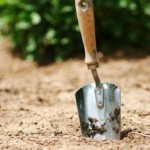 No IQ test needed here! Testing your soil periodically determines whether or not your garden needs feeding, and guarantees that you only add to the soil what it needs to help your plants grow. This helps reduce excess nutrient run-off and keeps your garden looking its best. Locally, soil testing is conducted by the University of Connecticut Soil Lab (Storrs) and the Connecticut Agricultural Experiment Station in New Haven.
No IQ test needed here! Testing your soil periodically determines whether or not your garden needs feeding, and guarantees that you only add to the soil what it needs to help your plants grow. This helps reduce excess nutrient run-off and keeps your garden looking its best. Locally, soil testing is conducted by the University of Connecticut Soil Lab (Storrs) and the Connecticut Agricultural Experiment Station in New Haven.
Vegetative Buffers
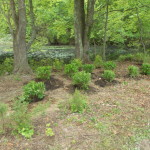
Keeping or adding native vegetation along sensitive resources such as wetlands, watercourses, or the coastline protects these areas from soil erosion, filters pollutants, maintains wildlife habitat, and keeps the water cooler (for fish).
Clean up after Rover

Pet waste, especially in fairly densely populated areas can add excess nutrients and especially bacteria to local surface and groundwater. Clean-up after your pet and dispose of waste properly to help keep the water safe and clean.
Compost
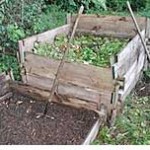 Here is a win-win deal! Don’t throw away all that yard waste and vegetable scraps. Turn it into a nutrient rich natural fertilizer for your garden. Compost bins are available at most garden centers or you can always build one yourself.
Here is a win-win deal! Don’t throw away all that yard waste and vegetable scraps. Turn it into a nutrient rich natural fertilizer for your garden. Compost bins are available at most garden centers or you can always build one yourself.
More Information
For more information on the Niantic River Watershed Protection Plan and homeowner solutions to non-point source pollution, view this presentation from the June 30th Homeowners Workshop.
For information on stormwater management, visit the following websites:
-
Hole in the Wall Outdoor Stormwater Classroom
